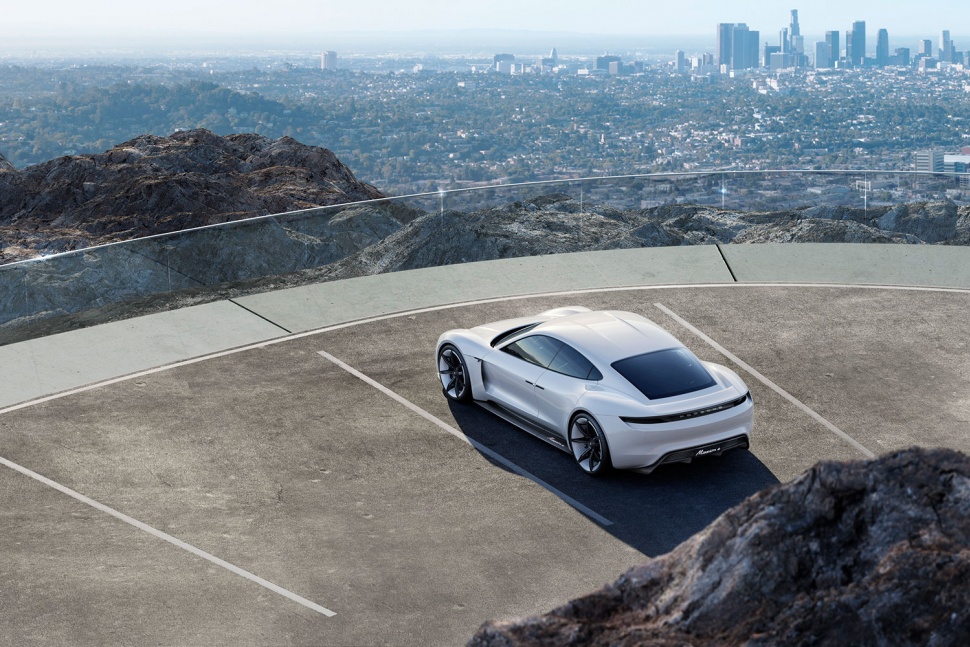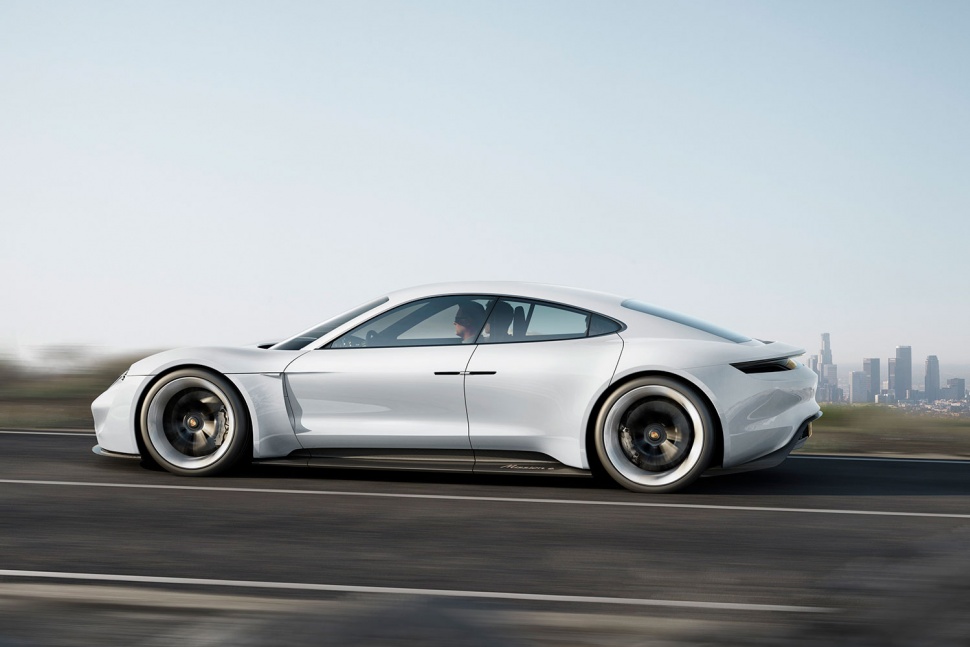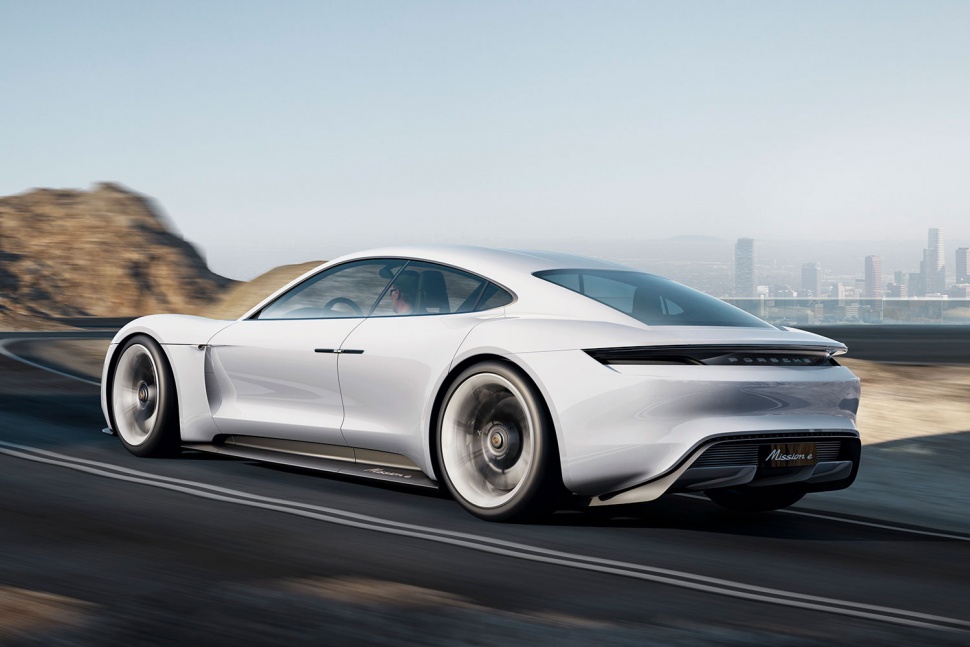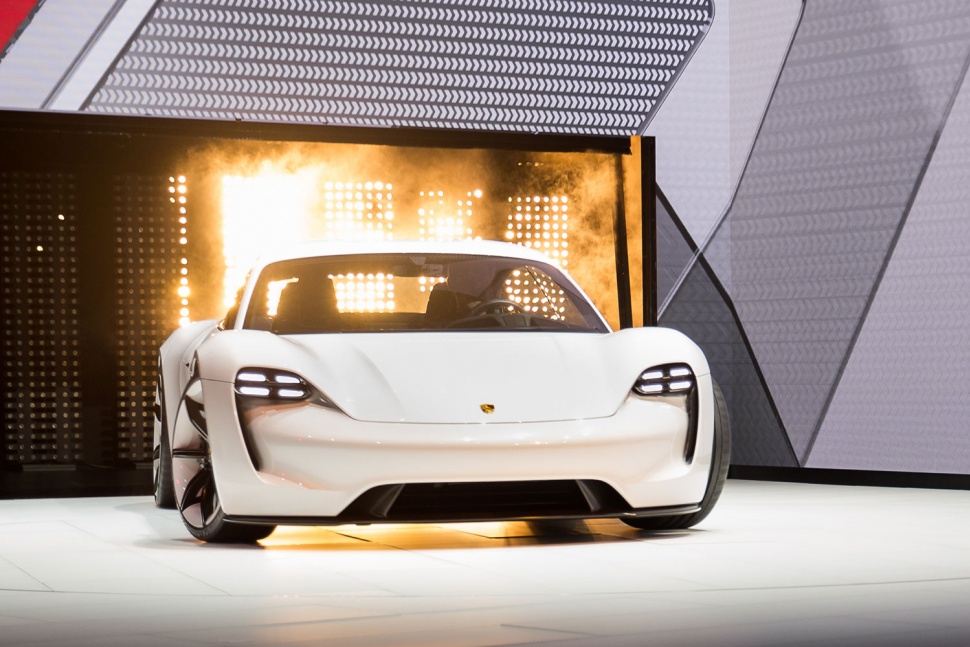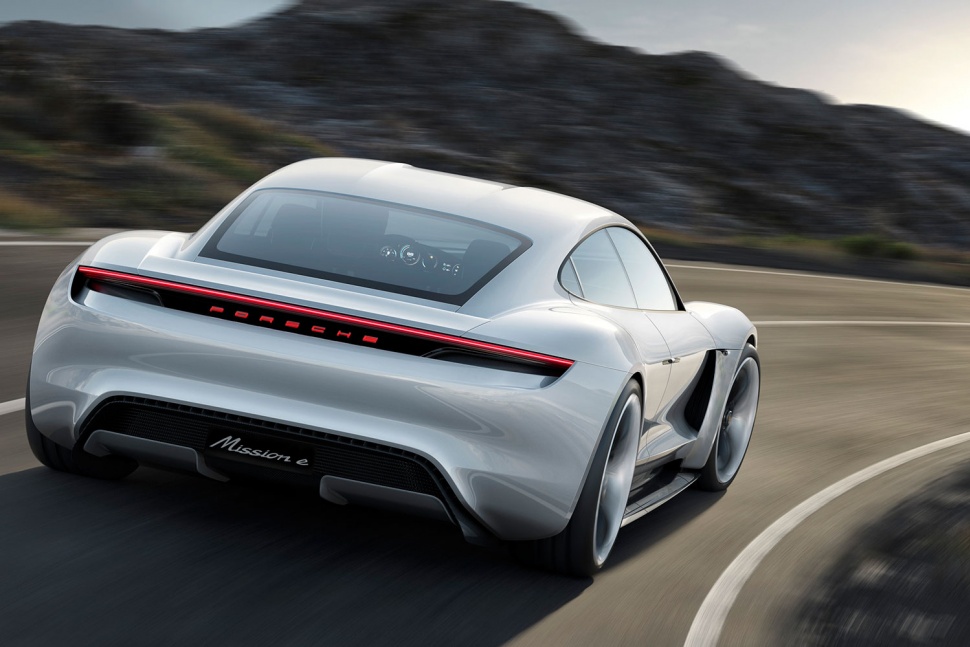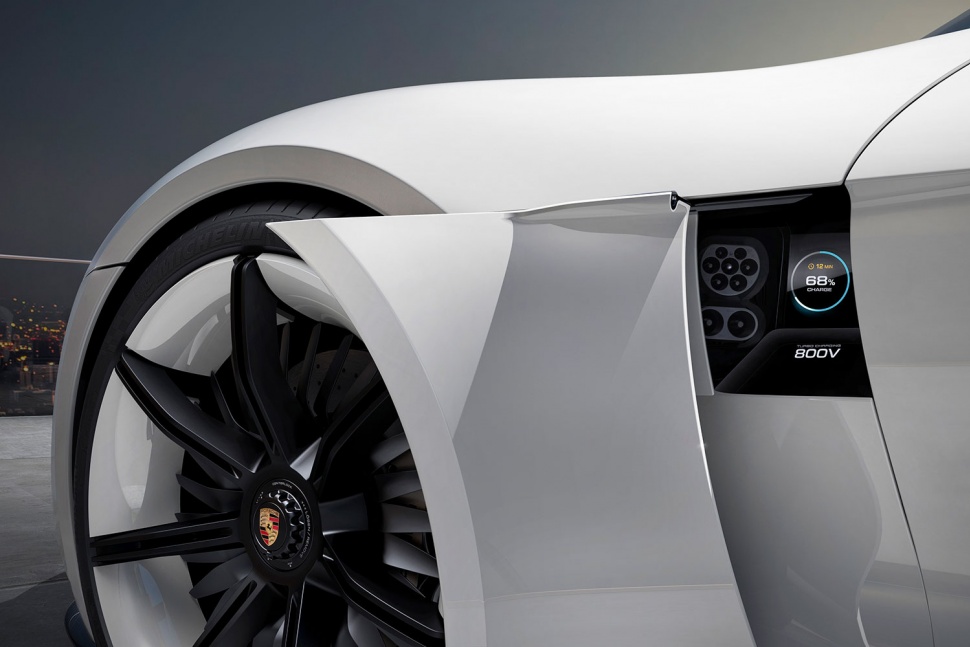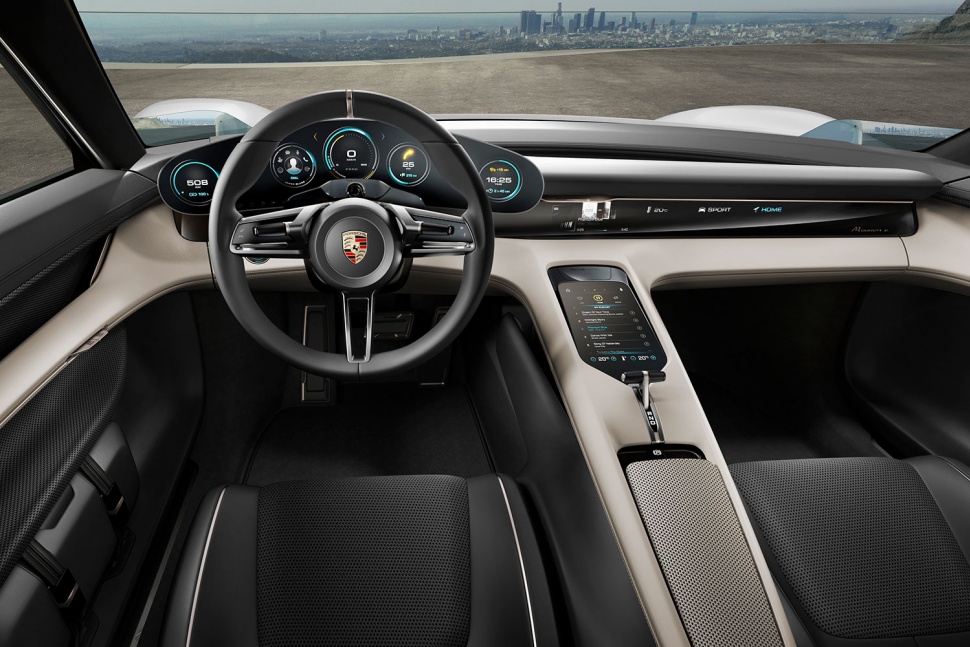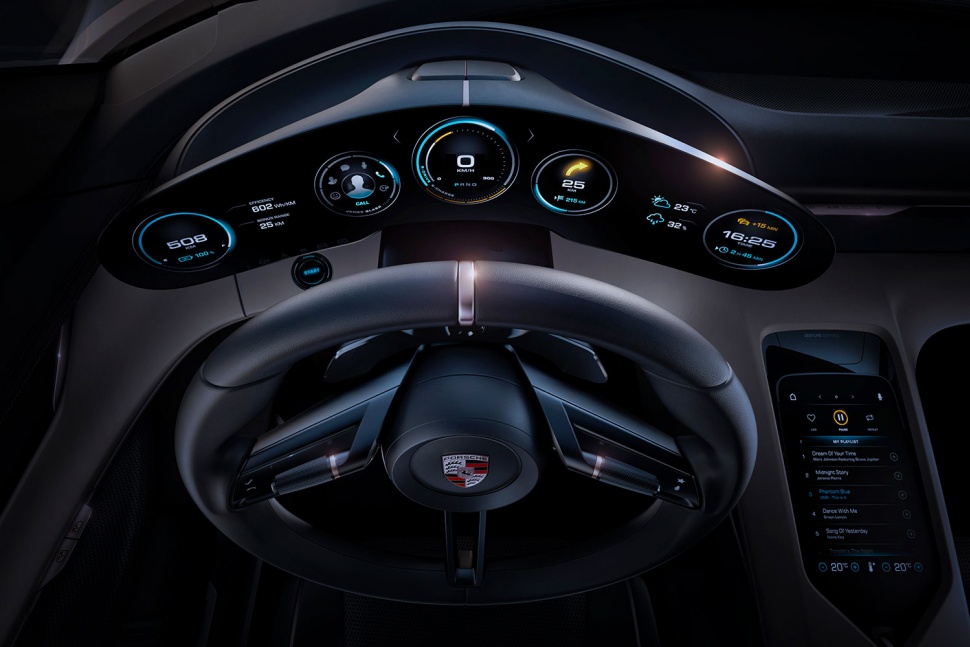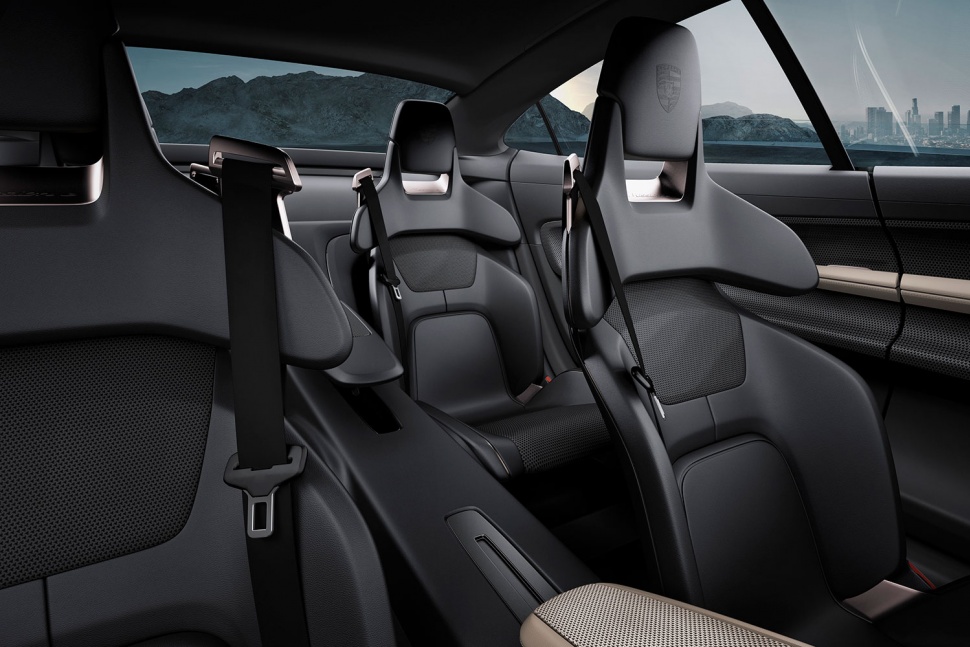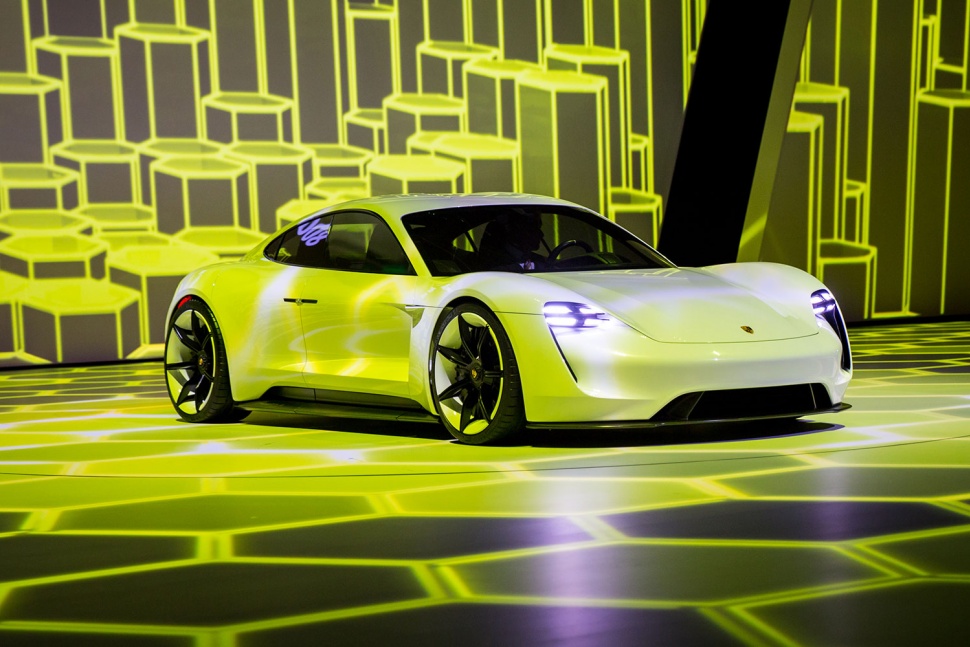While final details about the consumer-ready model are still a mystery, Porsche has created a video about how the Mission E came to be.
In the clip, we learn that the concept was far more than eye candy. The Mission E used parts from the 2011 Boxster E prototype to create a functional structure. Specs from its debut included a 600 horsepower electric powertrain with two electric motors that propelled the vehicle to 60 mph in about 3.0 seconds.
Porsche also boasted that the Mission E had a range of 310 miles and that it could recharge 80 percent of its battery pack (equivalent to 248 miles) in about 15 minutes via the company’s new “Turbo Charging” system. This element to the car, possibly the most impressive bit, is due for production as well.
We also know the production version will be styled “very close” to the concept, with elements of the Porsche Panamera (sans the hump back) baked into the design. In Porsche’s own words, the Mission E will open “a new chapter in the history of the sports car.” If that new chapter is headlined with rapid charging, 300+ mile ranges, and supercar sprints to 60 mph, I’m all for it.
The production model is due around 2020 and will be built in Porsche’s Stuttgart factory. To bring the vehicle to life, Porsche will invest 700 million euros (about $764 million) in the project, which should create around 1,000 new jobs.
Editors' Recommendations
- Long delayed Rainbow Six game will make its debut at Ubisoft’s E3 conference
- Mechanics will use Bosch’s VR tech to learn how to fix the Ford Mustang Mach-E
